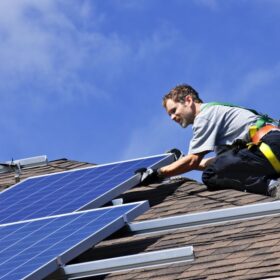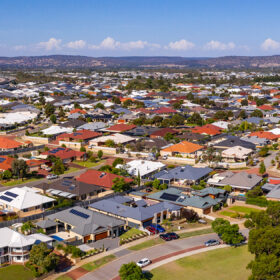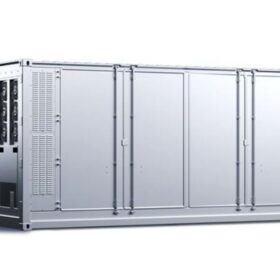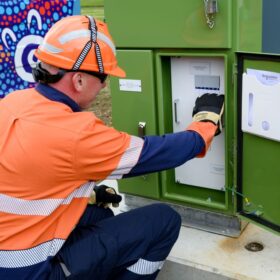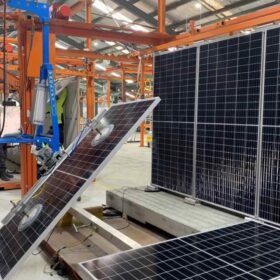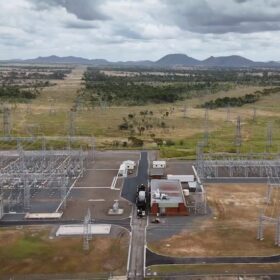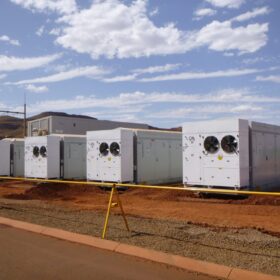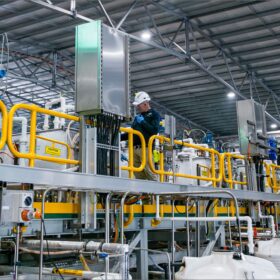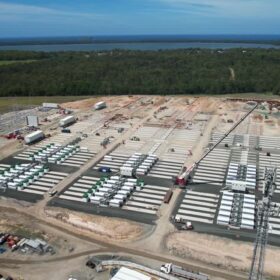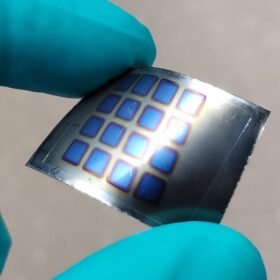Queensland commits $2.5 million for solar panel recycling scheme
The Queensland government has committed $2.5 million to progress the development of an “Australian first” solar panel recycling scheme in preparation for the “thousands” of PV panels installed on rooftops and across large-scale solar farms in the state that are approaching end of life.
Report reveals 48.5 GW of untapped PV potential on Australian residential buildings
Australia has firmly established its status as a global leader in residential solar deployment with 35% of all houses having already installed rooftop systems but new data reveals there is almost 50 GW of “untapped PV potential” on residential buildings across the country.
CATL unveils first mass-producible battery storage with zero degradation
China-based Contemporary Amperex Technology Co. (CATL) has launched its new TENER energy storage product, which it describes as the world’s first mass-producible 6.25 MWh storage system, with zero degradation in the first five years of use.
Endeavour goes live with community battery on NSW south coast
Endeavour Energy has activated the first community battery on its network in the New South Wales South Coast as part of a broader program the electricity distributor says will support a higher uptake of renewables and allow more households to access the benefits of rooftop solar.
New report tips 60,000 jobs from Australian solar manufacturing industry
Building a domestic solar panel manufacturing industry based on Australian innovation could generate up to 60,000 jobs and help cement the nation’s future as a renewable energy superpower but access to capital and focused policies are essential if manufacturers are to reach scale where they can be cost competitive internationally.
Powerlink delivers infrastructure to unlock 2 GW REZ
Queensland government-owned network operator Powerlink has completed construction work on the transmission infrastructure that will pave the way for more than 2 GW of renewable energy assets in the state’s southeast to connect to the National Electricity Market.
GenusPlus tapped for Pilbara transmission project
Fortescue has awarded energy infrastructure provider GenusPlus Group two contracts worth a combined $50 million to deliver transmission infrastructure as the mining giant works to decarbonise its iron ore operations in Western Australia.
Alpha targets lithium-ion battery safety with high-purity alumina
Queensland aluminium materials manufacturer Alpha HPA says it is on the brink of transforming lithium-ion battery safety, declaring its high-purity aluminium nitrate is capable of providing a solution to lithium-ion battery fires.
Waratah Super Battery gets grid green light from AEMO
The first in a series of gigawatt-class battery energy storage projects set to be rolled out across the National Electricity Market is on track to be fully operational by August 2025 after Australia’s market operator granted the technical green light for the Waratah Super Battery.
Australian researchers achieve record-breaking efficiency with perovskite-CIGS tandem PV cell
A team of scientists in Australia claim to have achieved the highest efficiency reported to date for a perovskite-CIGS tandem solar cell built on a flexible steel substrate. In the proposed cell configuration, steel can act as both a substrate and an electrode.
